Founded 1753 | District 4th District Barangays Area 52.1 km² | |
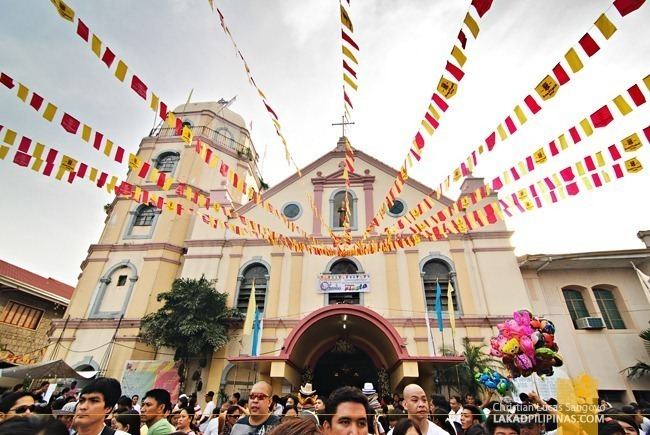 | ||
Weather 30°C, Wind SE at 11 km/h, 69% Humidity | ||
Thousands of homes submerged in floodwaters in obando bulacan
Obando is a second class partially urban municipality in the province of Bulacan, Philippines. It is 16 kilometres (10 mi) away from the Philippine capital Manila. According to the 2015 census, it has a population of 59,197 people.
Contents
- Thousands of homes submerged in floodwaters in obando bulacan
- Obando noon at ngayon
- History
- Geography
- Barangays
- Demographics
- Problems
- Local government
- List of former mayors
- List of former vice mayors
- References
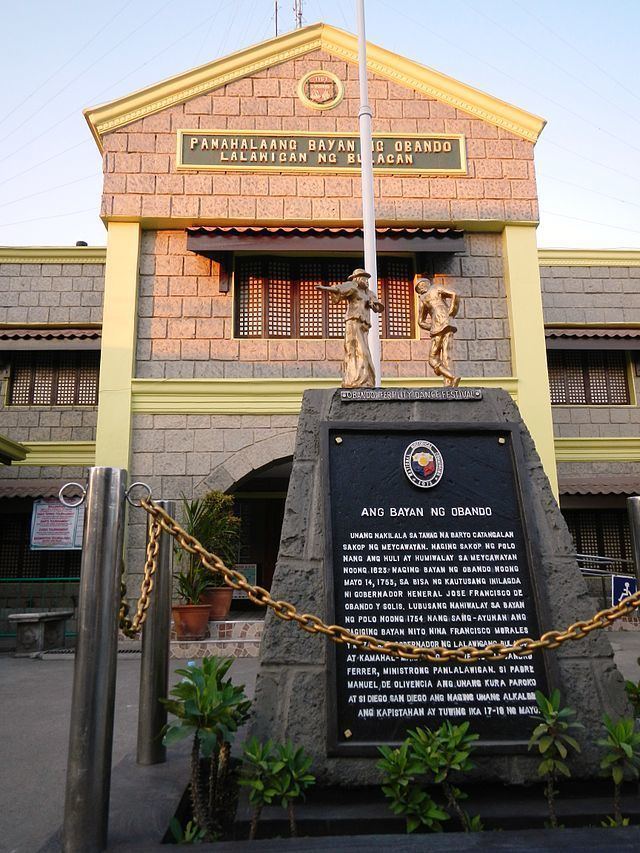
The town is part of Manila's conurbation which reaches San Ildefonso in its northernmost part. It is said that if Obando ever becomes a member of Metro Manila in the near future, it would be the second municipality in the region, next to Pateros.
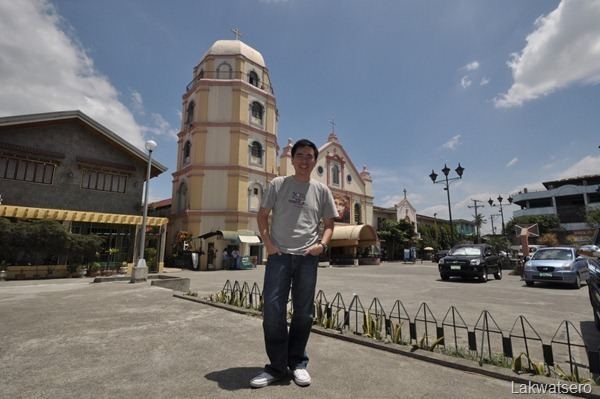
Obando noon at ngayon
History
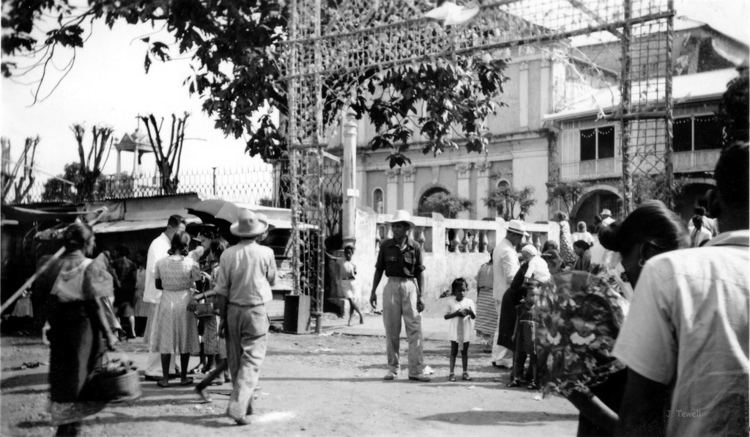
In the 18th century, the municipalities now known as Meycauayan, Valenzuela (formerly Polo) and Obando comprised only one town, the Municipality of Meycauayan. The town of Polo and Obando, formed a barrio called Catangalan. In the year 1623, the municipality of Polo was organized which included the present-day territories of the Town of Obando. By virtue of a decree promulgated during the time of Governor and Captain General of the Archipelago, Francisco Jose de Obando y Solis, the town was created and separated from its mother town Polo on May 14, 1753. In the Governor's untimely death at the hands of the British during the Seven Years' War, the creation and establishment of the town was made and attended by the Alcalde Mayor of the province, Don Francisco Morales y Mozabe, the Provincial Minister, S. Gregorio, Rev. Fr. Alejandro Ferrer, together with numerous religious devotees. The minister who was chosen to administer the town was Rev. Fr. Manuel De Olivendia.
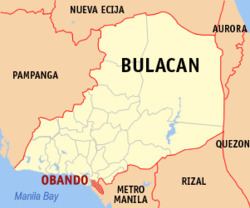
In 1907, Obando was made an independent town of Bulacan. Then through the untiring efforts of the municipal officials, a portion of Gasak, Navotas was reclaimed to form a part of Obando. The municipal officials, believing that this portion was once a part of the municipality but was adopted by Navotas in the course of time, effortlessly pushed through its claim to regain the area. The concerted action of all those concerned paid off when on January 30, 1975, by virtue of a Presidential Decree No. 646, a portion of approximately 1.78 square kilometers of Gasak, Navotas was returned to Obando. This is mostly fishpond and sandy beach and believed that when fully developed, this will serve as a good tourist attraction. By resolution of 1975 Municipal Council, the area was made into a barangay and named it Nuestra Señora de Salambao in honor of one of its patron saints.
Geography
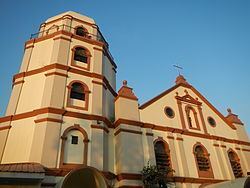
Obando is bordered by Valenzuela City in the east, Navotas City and Malabon City in the south, Bulakan in the north, and the waters of Manila Bay in the west.
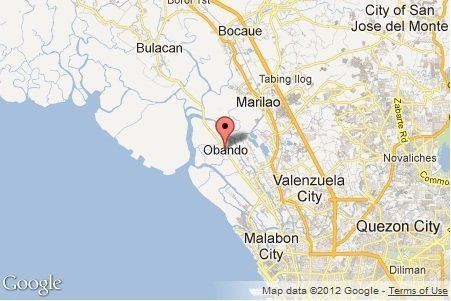
Flat and low-lying coastal plains characterize the general topography of Obando. The area was formerly an estuary, but it filled up partially from the peripheral parts of each sand bar and sand spit and formed up into current figure that mainly consisted of commercial district, partly industrial district, residential area and fishpond. Within the municipality are two rivers and three creeks namely Meycauayan River, in the north, Pinagkabalian River, in the south and Paco Creek, Hulo Creek and Pag-asa Creek traversing the town parallel to the provincial road.
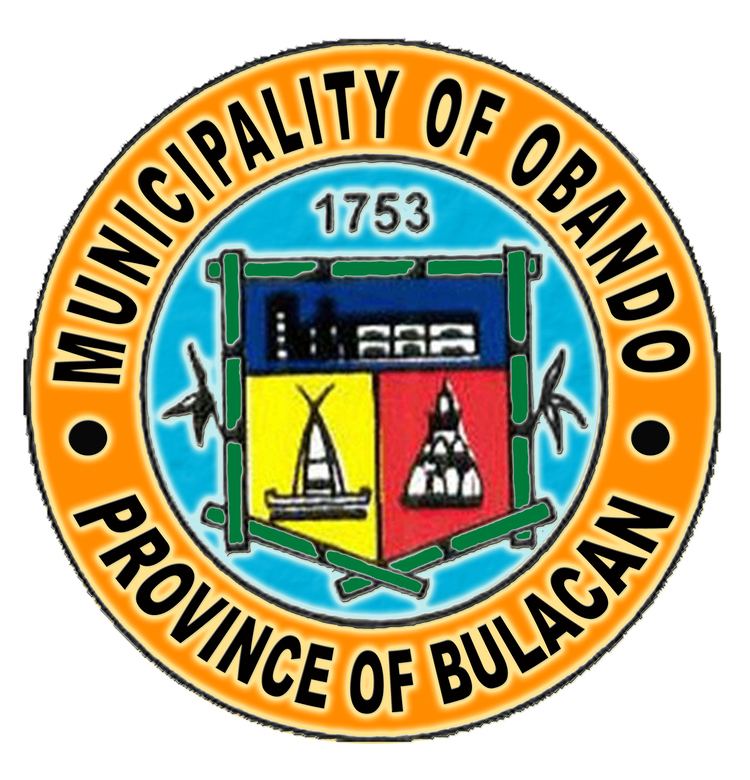
Obando, just like the other towns of Bulacan, has two pronounced seasons: dry and wet season. The wet season is from May to October and the dry season is from November to April. The rainfall of the wet season accounts for about 80% of the annual rainfall, which is due to west monsoons and typhoons.
Barangays
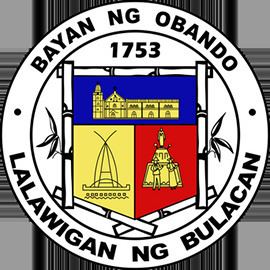
Obando is politically subdivided into 11 barangays (8 urban, 3 rural). Barangays Binuangan and Salambao are located along the Paliwas River, and can only be reached by means of motorized boats.
Demographics
In the 2015 census, the population of Obando, Bulacan, was 59,197 people, with a density of 1,100 inhabitants per square kilometre or 2,800 inhabitants per square mile.
In 2002, Obando had an estimated population of 58,245 wherein 49% are male and 51% are female. Of the current population, about 14% live in rural barangays while the rest constitute the urban population. There are 12,349 households. The average monthly income of a household is P9,000.00, slightly below the P9,540.00 minimum for a family of 6 threshold set by Department of Social Welfare and Development.
Problems
Local government
Elected officials:
List of former mayors
Mayors of Obando:
- Other names to follow -
List of former vice mayors
Vice Mayors of Obando:
- Other names to follow -
